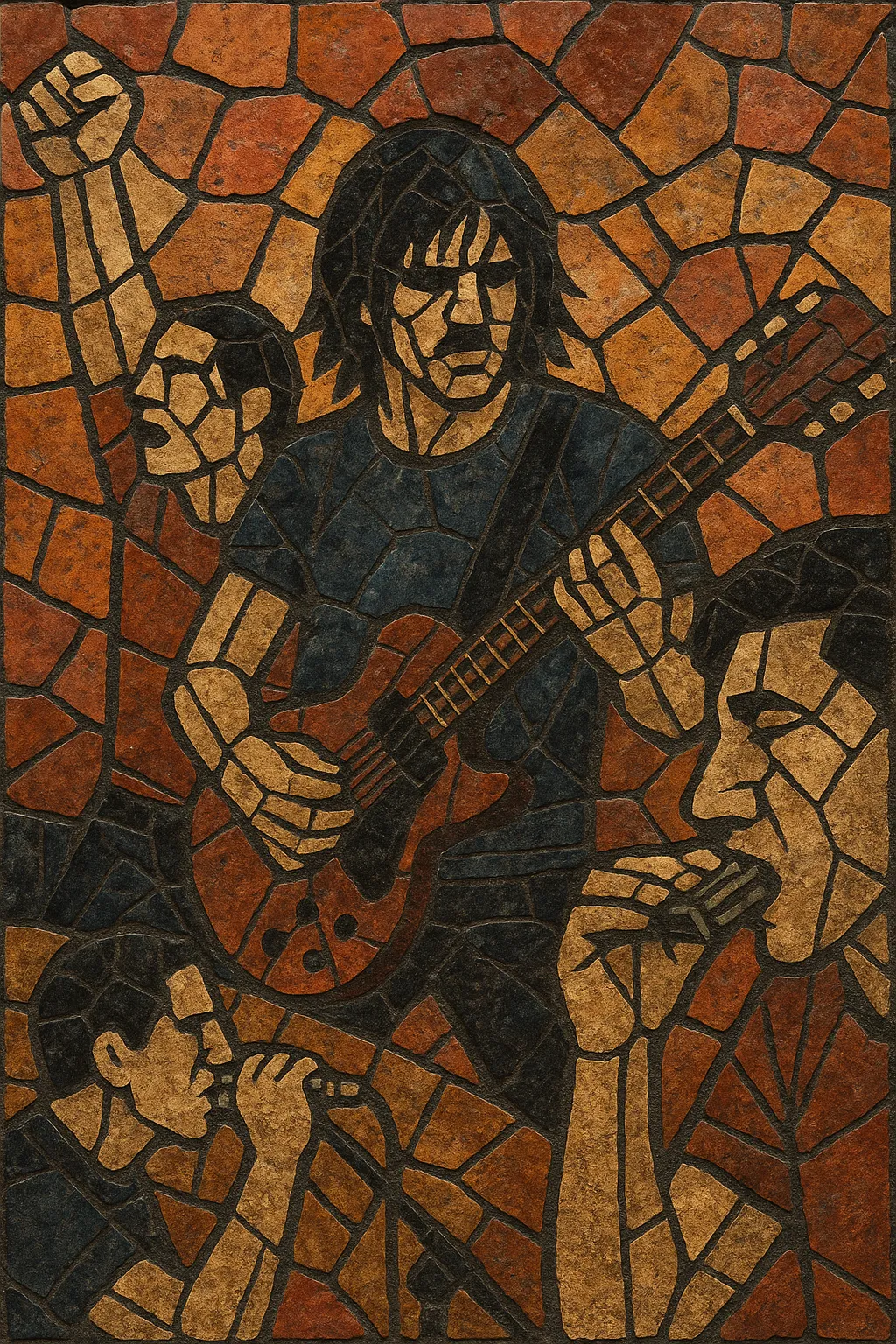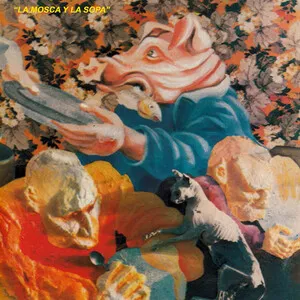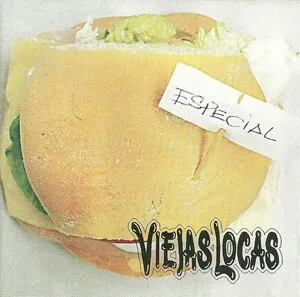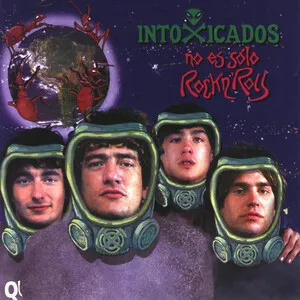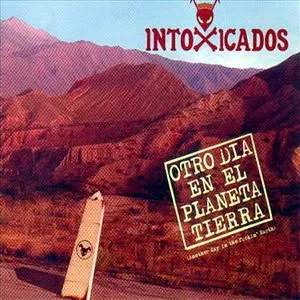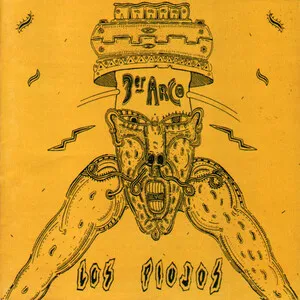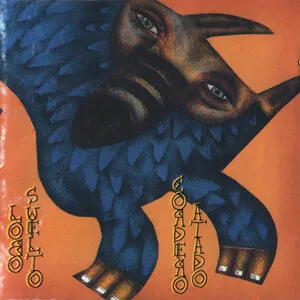Rock barrial (also called rock chabón or rolinga) is a strand of Argentine rock rooted in working‑class neighborhoods and the football terrace culture. It favors raw, guitar‑driven songs with sing‑along choruses, simple blues‑rock riffs, and lyrics about everyday barrio life: friendship, love, street survival, pride, and the ethos of el aguante.
Musically, it leans on 4/4 mid‑tempo grooves, I–IV–V and closely related progressions, crunchy overdriven guitars, prominent bass lines, tight backbeats, and frequent harmonica parts. The vocal delivery is direct and gritty, inviting crowd participation in stadium‑style chants. While primarily blues‑based, some bands fold in rioplatense rhythmic flavors and occasional reggae/ska touches, but always with a streetwise, unpolished attitude.
Rock barrial emerged in Argentina in the early 1990s as a neighborhood‑grounded response to both the sophisticated art‑rock lineage of national rock and the imported aesthetics of alternative rock. Drawing deeply from the Rolling Stones’ school of blues‑based rock and roll, local bar circuits, and football‑terrace chants, it connected with working‑class youth through direct language and communal sing‑alongs.
By the mid‑to‑late 1990s, bands such as La Renga, Los Piojos, Viejas Locas, and Ratones Paranoicos were filling large venues. The scene’s identity crystallized around the rolinga look, raw production values, harmonica‑laced riffs, and an "aguante" culture borrowed from fútbol. The audience—highly participatory and loyal—turned shows into collective rites, with flags, drums, and terrace‑style choruses.
In the 2000s, groups like Intoxicados, Callejeros, Guasones, La 25, Las Pastillas del Abuelo, and Los Gardelitos broadened the sound while keeping the street‑level narrative. The República Cromañón nightclub fire in 2004—one of the darkest moments in Argentine rock history—led to mourning, self‑examination across the scene, and significant changes in safety regulations and live‑music practices. Despite the shock, the style remained influential across the Río de la Plata, retaining its grassroots core and large, chant‑heavy audiences.
Rock barrial endures as a distinctly Argentine take on bluesy rock and roll: visceral, communal, and lyrically grounded in everyday realities. Its stadium‑chant songwriting and neighborhood storytelling helped define a popular identity for Argentine rock after the 1990s, influencing live performance culture and the broader sound of mainstream national rock.

